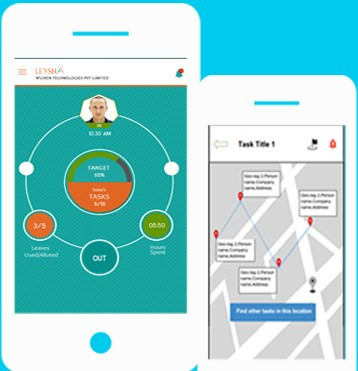Reasons to embrace this cloud computing architecture to improve your application
Applications built from the ground up for the cloud are scalable and flexible. Cloud-native apps, in contrast to conventional monolithic systems, are created using several distinct microservices that are deployed in cloud settings. Agile methodology is used in cloud-based development for creating new applications. Software development teams may swiftly, repeatedly, and automatically add new functionality to an application using a continuous delivery strategy based on DevOps.
Remote Employee monitoring is used in the creation of cloud-native applications. According to this paradigm, software engineers create and keep up a unique collection of loosely coupled microservices, which, when combined, form the application. Instead of needing to wait for all components to be updated before putting new code into production, developers can independently iterate each microservice.
Leveraging the benefits of the cloud-native model
Cloud-native development helps you get your apps to market faster
The efficiency and flexibility that the cloud-based methodology promotes immediately facilitates corporate growth. Employee location tracking app accommodates user demand and quickly reach additional individuals. You can scale your resources.
By utilising this cloud platform, your company may be more adaptable and current with your application changes. Customers are drawn to this style of self-service and continuous integration, which increases their propensity to download and use the app and recommend it to others.
Helps you keep up with the competition and your customer base.
In the upcoming year, 78 percent of businesses intend to develop apps, and at least one of those apps will be cloud-native. You may maintain competitiveness while providing a continuously great client experience by implementing cloud-based solutions. In some situations, you may outperform your rivals thanks to the enhanced capabilities provided by cloud-native application development, such as the capacity to incorporate blockchain or artificial intelligence services.
The cloud-native model helps you avoid changing an entire application.
It used to take months of labour to make minor modifications to software platforms. While the programmes were being adjusted, there had to be a lot of downtimes. The cloud-native solution eliminates time-consuming upgrade delays, conserving resources and cutting rest.
It allows you to work more efficiently with other companies
Your business will be able to integrate or collaborate with other businesses, cloud providers, and related apps as you expand your solutions and platforms using this cloud-based strategy. You are already aware of the trend toward integrating more tools, applications, and platforms. Companies have found that moving towards open source has enabled them to provide users with more comprehensive solutions
HR Payroll software India helps you address important business goals. Smaller DevOps teams can concentrate on various components using this architecture, either within their organisation or in collaboration with other businesses. The relationship consequently results in novel integrative functions and operability. The audiences of both businesses are pleased while both businesses are profitable.
Accelerate the creation or modernisation of applications.
It’s time to engage the process that can streamline and magnify your efforts, whether you’re building a new cloud-native application or updating your current software platforms. By using cloud service management, you can concentrate on creating applications rather than worrying about the internal workings of your company’s cloud.


Comments
Post a Comment